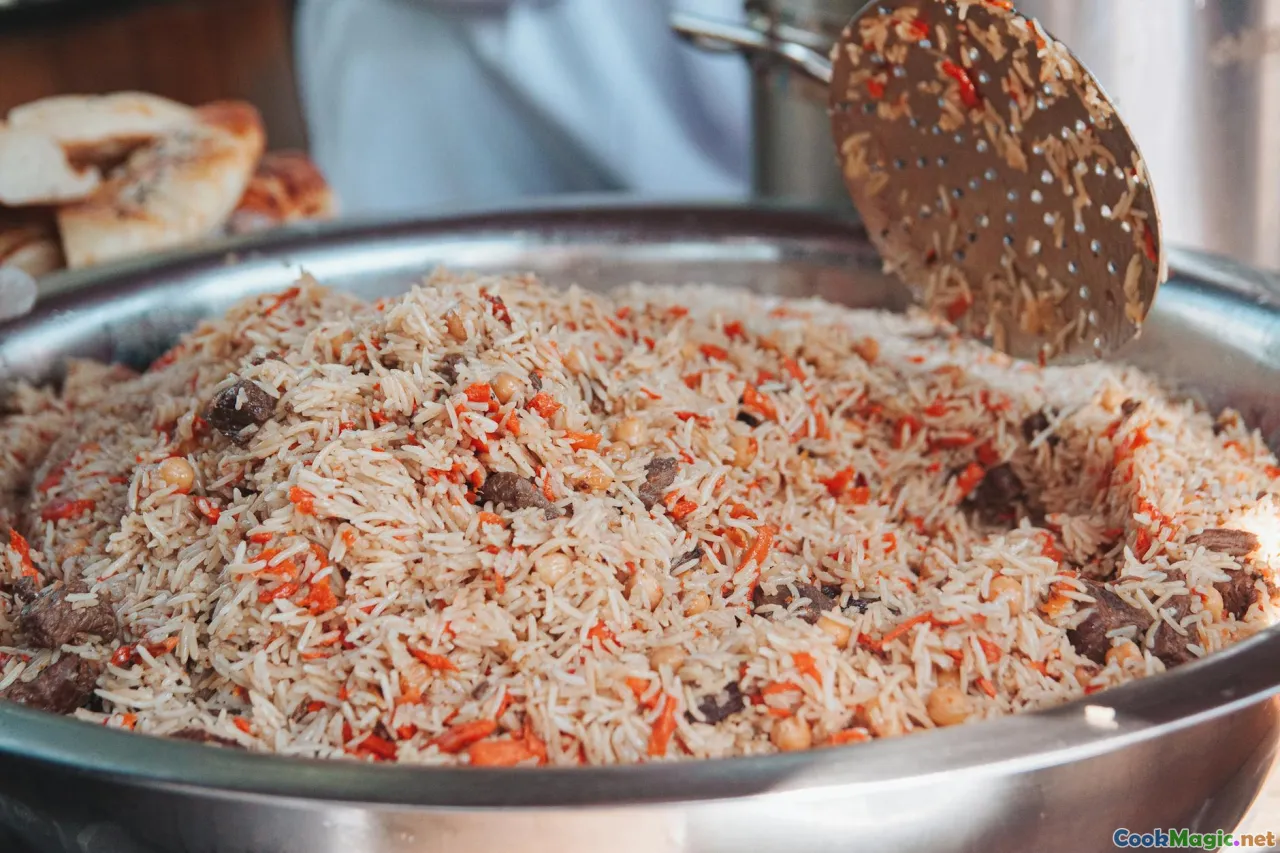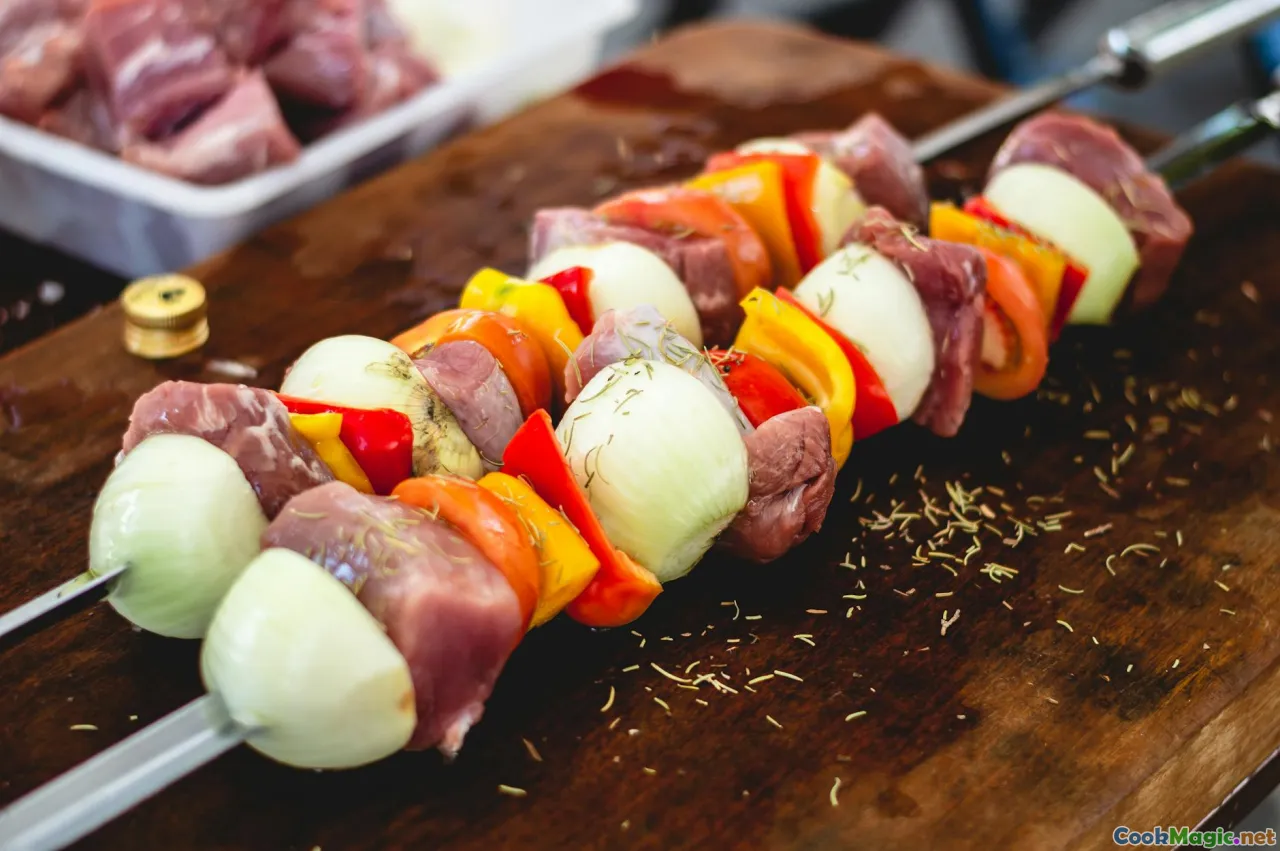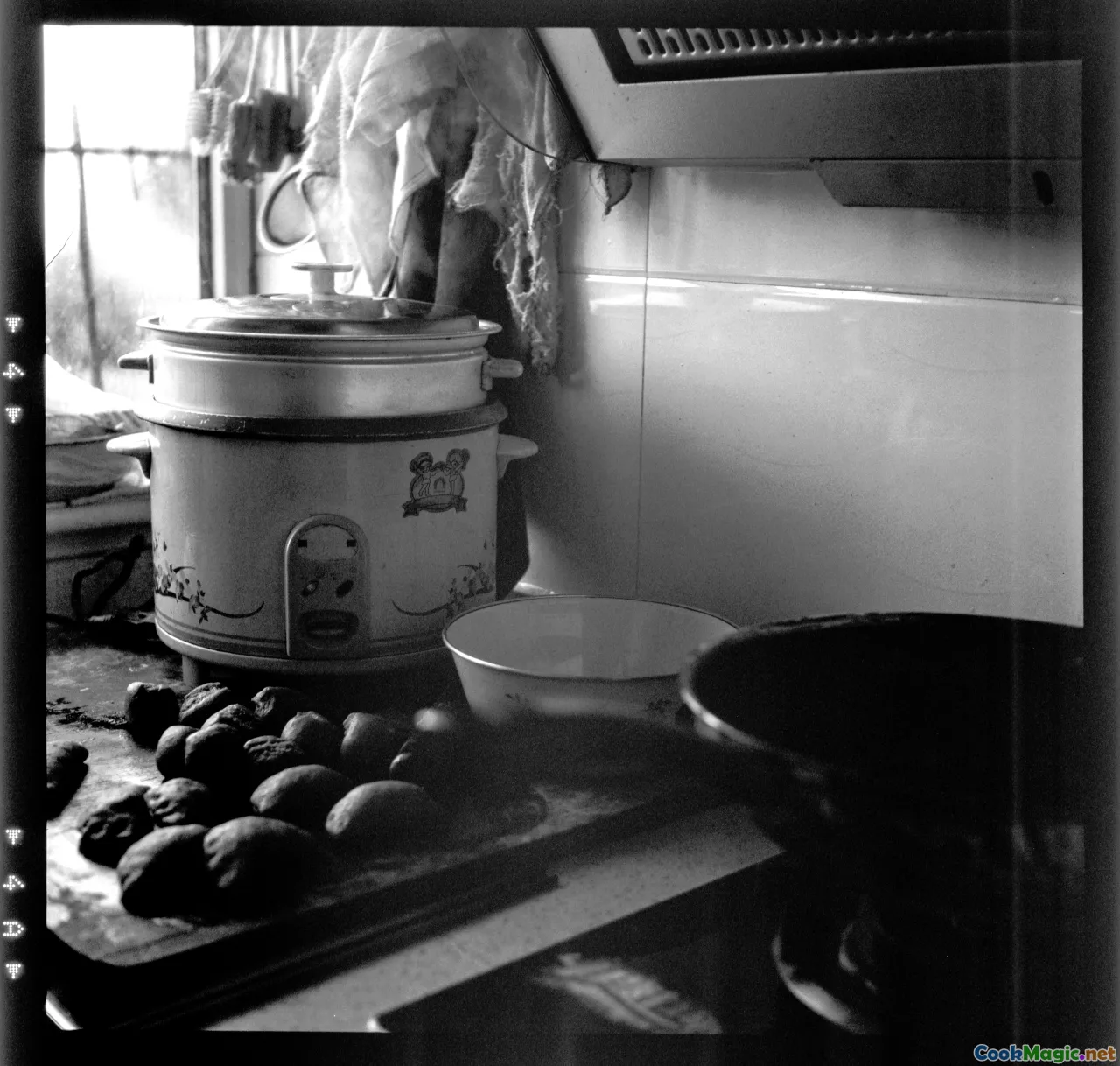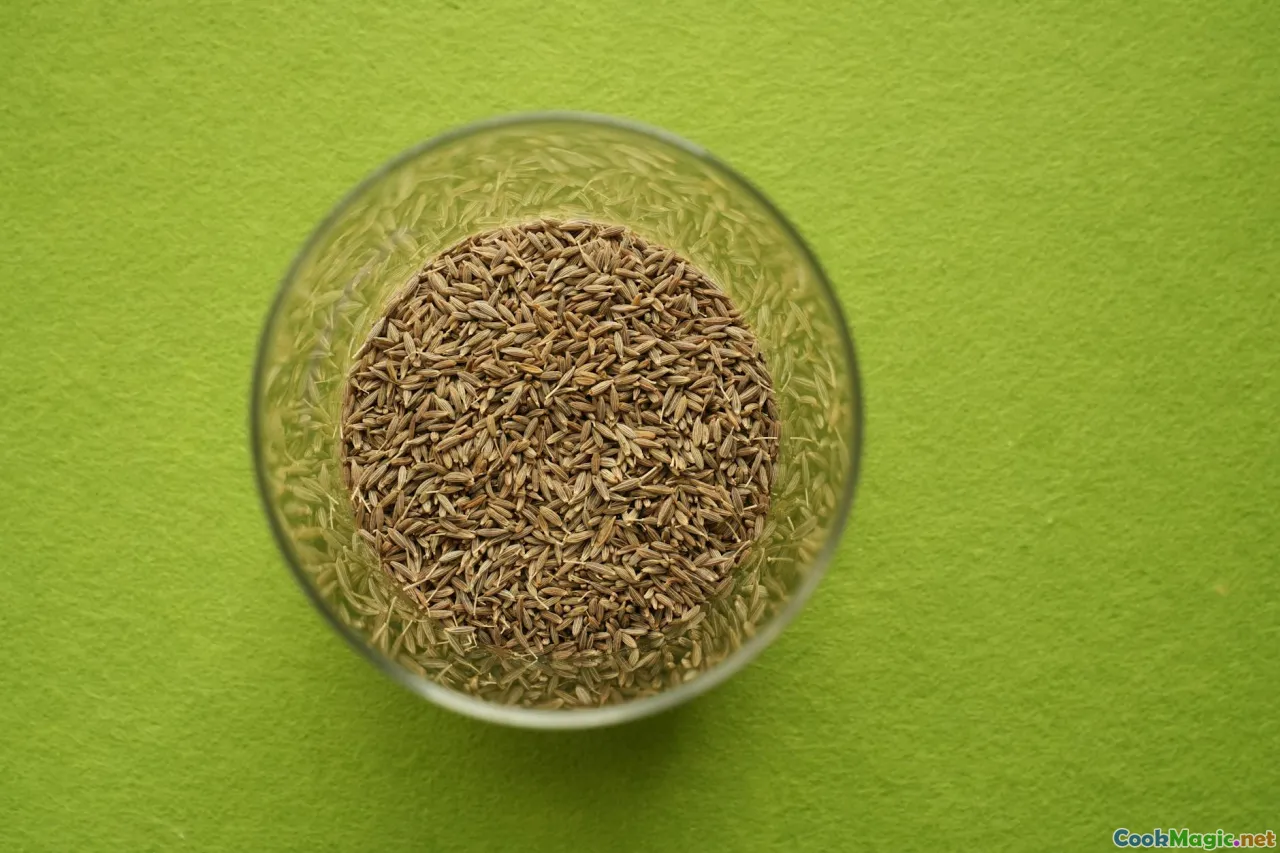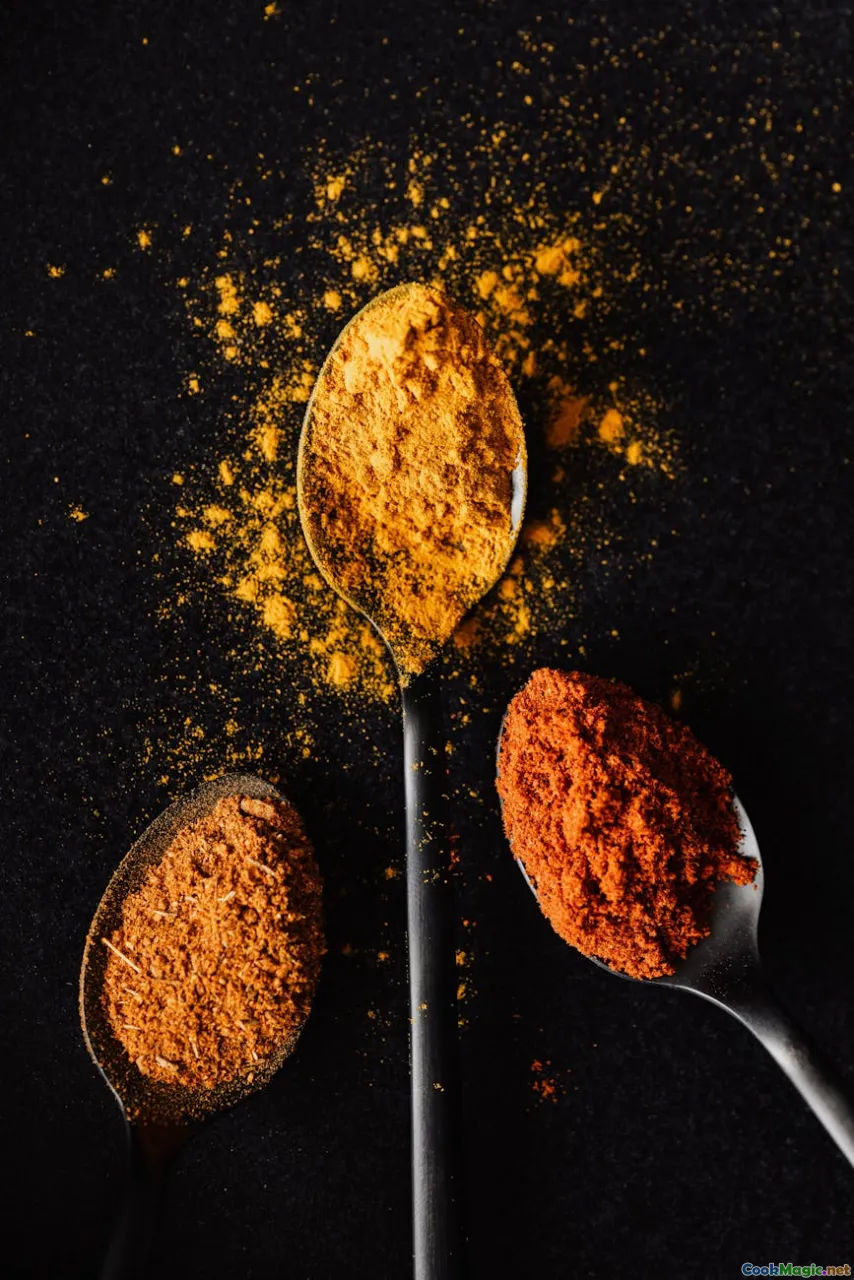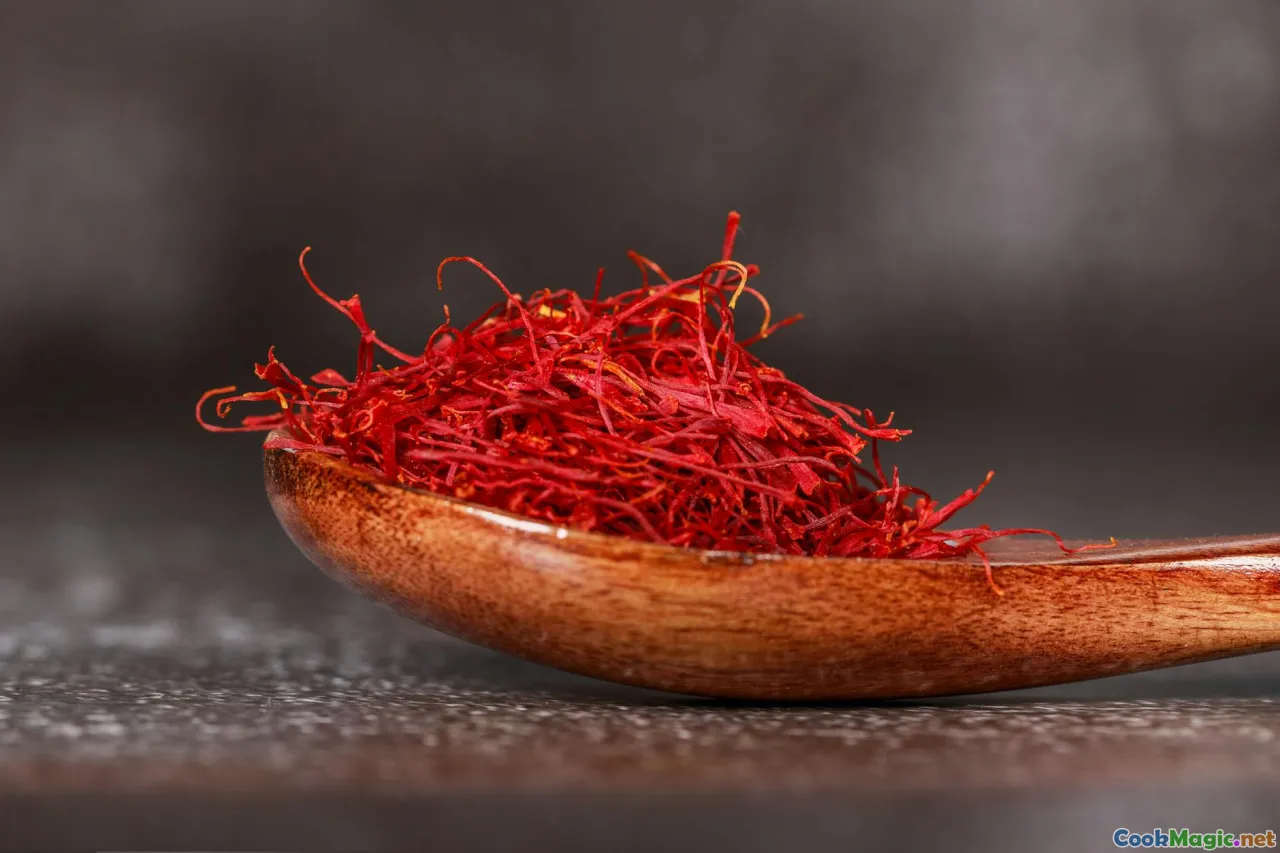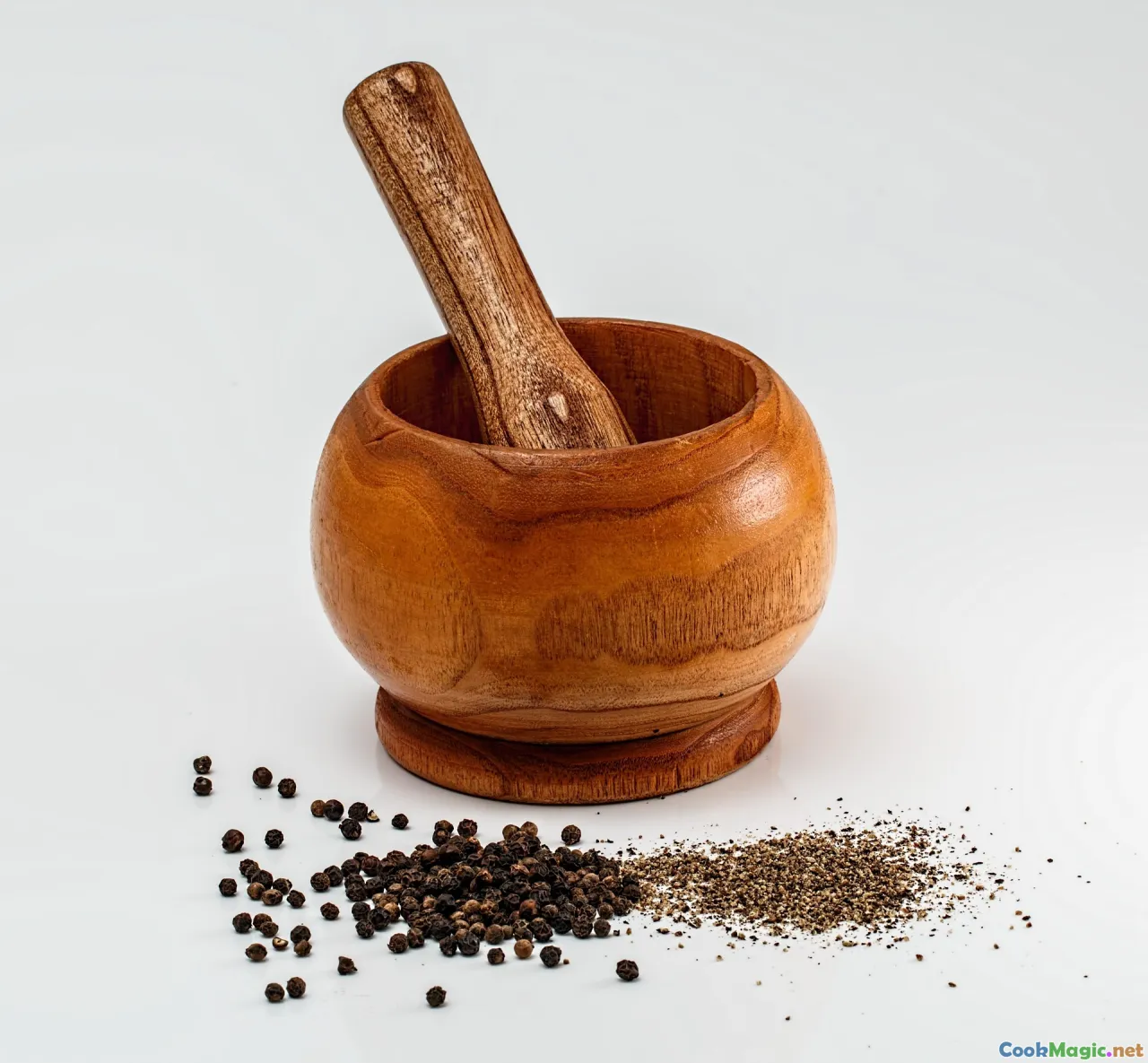Tracing Silk Road Spices in Uzbek Food
12 min read Explore the rich history and vibrant flavors of Uzbek dishes influenced by ancient Silk Road spice routes. July 10, 2025 09:05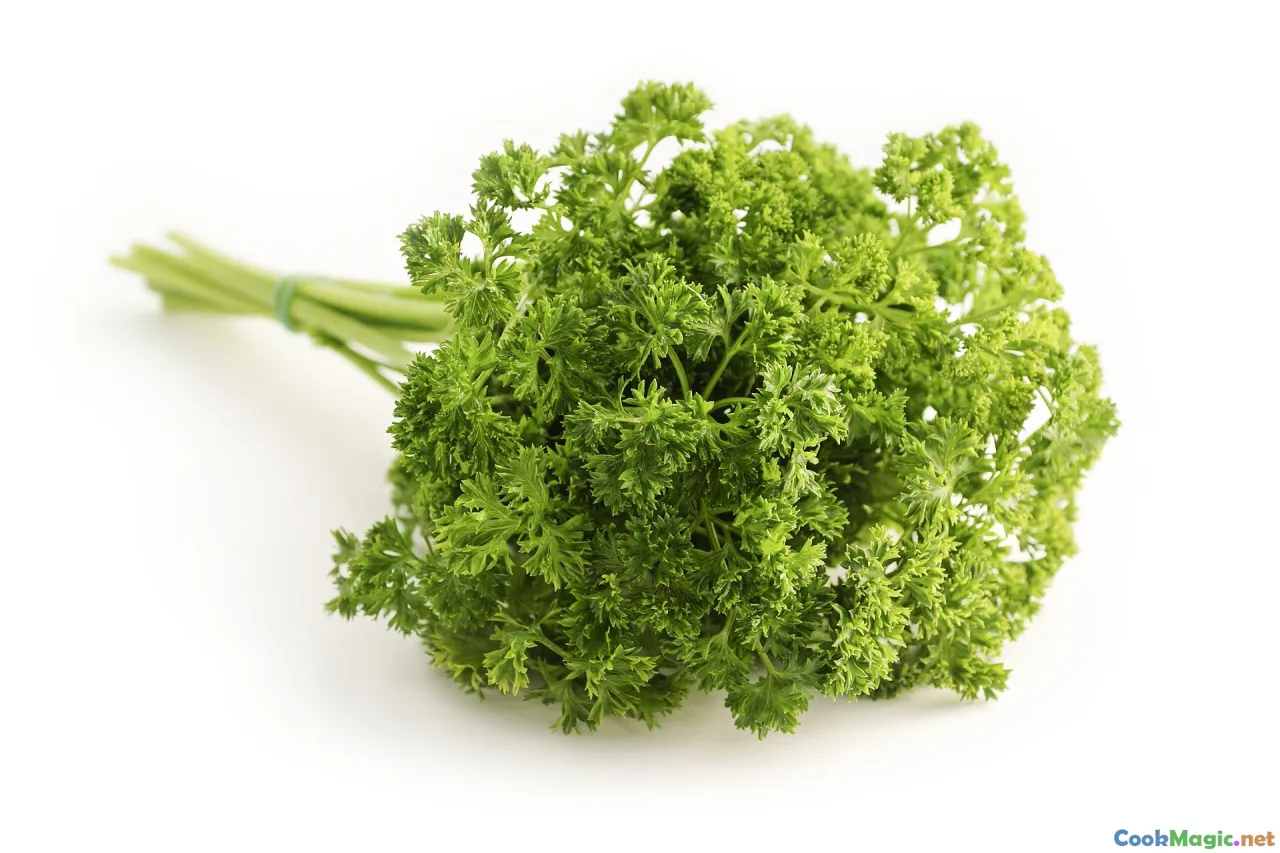
Tracing Silk Road Spices in Uzbek Food
Stepping into the vibrant mercados and labyrinthine alleyways of Uzbekistan feels like opening a portal to a world where ancient trade routes still whisper in every fragrant scent and colorful dish. The Silk Road, that legendary network of trade routes connecting China to the Mediterranean, left an indelible mark on Uzbek cuisine—an aromatic tapestry woven with spices that traveled centuries across deserts and mountain passes, introducing layers of flavor, tradition, and history. To truly appreciate Uzbek food is to embark on a sensory journey that traces these historic spices, revealing stories of caravans, cultural meeting points, and timeless culinary artistry.
The Historical Heartbeat of the Silk Road and Its Spices 
For over a millennium, the cities of Uzbekistan—Bukhara, Samarkand, and Khiva—served as vital stops on the Silk Road, where merchants from China, Persia, India, and the Middle East exchanged goods and stories. Among the most cherished commodities transported along this route were spices — seeds, dried herbs, and pungent powders — that transformed local dishes into aromatic masterpieces.
Spices such as cardamom, cumin, coriander, black pepper, and sumac made their way through caravans, mingling with locally sourced ingredients to form the unique flavor profiles of Uzbek cuisine. These spices weren’t just seasonings but symbols of cultural fusion, reflecting centuries of interaction between East and West.
You can still see these traces vividly today, in vibrant bazaars where mounds of spices fill the air with intoxicating scents—cloves that hint at distant Indonesian islands, fragrant saffron strands from Iran, and bright turmeric sourced from India. Visiting the towering, bustling markets like Tashkent's Chorsu Bazaar offers a tactile experience of the histórica spice trade, connecting us with bygone eras.
The Role of Spices in Traditional Uzbek Dishes 
Native to Central Asia, Uzbek cuisine transforms simple ingredients into hearty, flavor-packed dishes. Spices are the unsung heroes behind these transformations, elevating ordinary ingredients into extraordinary culinary experiences.
The Iconic Plov: A Spiced Symphony 
At the heart of Uzbek tables lies plov—a fragrant rice dish enriched with tender lamb or beef, carrots, garlic, onions, and a symphony of spices. The initial aroma that drifts when cooking plov is a testament to the spice palette: cumin seeds crackle with heat, imparting a warm, earthy aroma; fennel and coriander seeds contribute subtle sweetness and complexity; and sometimes, the earthy allure of black pepper or a pinch of barberry adds a delicate tang.
The secret to authentic Uzbek plov's flavor nearly always involves toasted spices fried in fat, releasing their essential oils and scenting the entire dish. This ritual pays homage to centuries of tradition, where each family or region has its twist—more cumin here, an extra dash of garlic there—making each pot of plov a unique expression of local spice mastery.
Shashlik and Spice Infused Marinades 
Another staple influenced by Silk Road spice traders is shashlik, skewered grilled meats marinated in a mixture adorned with cumin, paprika, coriander, and sometimes mint. The marinade not only tenderizes the meat but infuses each bite with a smoky, spicy depth that underscores the importance of spices in Uzbekistan’s outdoor culinary culture.
In personal households and bustling street stalls alike, the interplay of spices creates a minor, aromatic miracle with every sizzling skewer. The fragrant smoke mingles with the savory spice-laden juices, creating an irresistible harmony of smoky, spicy, and juicy.
Modern Interpretations and Preservation of Spiced Traditions 
While traditional recipes remain vibrant, modern Uzbek chefs and home cooks are reimagining these historic spices with new techniques and global influences. Rediscovering and preserving the rich spice heritage is at the core of this culinary evolution.
Fusion and Experimentation 
Imagine a modern Uzbek restaurant serving quail with a saffron and cumin glaze or a tart made from local berries infused with cardamom and cinnamon—these reinterpretations honor ancient traditions while appealing to contemporary palates. Such innovations often involve fresh spice blends, like Uzbek-style garam masalaorspiced yogurt sauces, that pay homage to India or Persia but with a distinctly Central Asian twist.
Spicing Up the Local Markets 
In cities like Tashkent and Bukhara, old spice shops are treasures, with jars of ground spices and whole seeds meticulously arranged by color, scent, and purpose. Modern spice blenders couldn't resist exploring local flavor combinations, creating signature mixes that resonate with historical spice trade roots but with innovative flair. These blendings preserve the past, making spices accessible and exciting for younger generations.
Signature Spices and Their Personal Stories 
In studying Uzbek cuisine, certain spices stand out not only as flavor enhancers but as cultural symbols—each with stories that weave into family traditions and community rituals.
Cumin: The Earthy Bedrock
A staple in nearly every Uzbek kitchen, cuminoffers an earthy, slightly bitter aroma that is central to dishes likemanta(steamed dumplings) orlagman (noodle soup). My grandmother always stored cumin in a small wooden box, lightly roasted before use to aroma-boost its deep, nutty scent—a ritual echoing centuries of spice preparation.
Sumac and Its Tangy Elegance
Sumac, with its bright crimson hue and tart flavor, adds a layer of citrusy brightness to salads, meats, and rice dishes. Originating from the Middle East, its integration into Uzbek cuisine exemplifies the cultural blending along the Silk Road, turning simple dishes into well-rounded, tangy delights.
Saffron: The Noble Treasure
Though expensive, saffron’s scent—intensely floral and honey-like—is worth the price in dishes like saffron pilaforpasta. Historically, saffron was prized as a luxury and a symbol of wealth—the deep golden color and its rare threads became a culinary status symbol, treasured by royal courts.
Embracing the Aromatic Legacy: Tips for Home Cooks 
For those eager to infuse their cooking with the magic of Silk Road spices, a few simple tips can help simulate the authentic flavors:
- Buy Whole Spices: Whole seeds and pods retain their essential oils longer. Toast and grind them fresh to unlock their full flavor.
- Toast Before Use: Lightly dry-toast cumin, coriander, and fennel seeds to release their aromatic oils before grinding.
- Layer Your Spices: Add spices at different stages—early for deeper flavor, late for freshness and aroma.
- Use Freshly Ground Spices: Store spices in airtight containers; grind as needed to preserve potency.
- Experiment and Personalize: While tradition guides, don’t be afraid to blend your own spice combinations inspired by Uzbek flavors.
Sharing these practices can help recreate the magic of bustling Uzbek markets in your home kitchen, transforming everyday dishes into flavorful celebrations.
As you explore Uzbek cuisine, understanding the journey of these spices adds depth and meaning to every bite. From ancient caravan routes to modern kitchens, the traces of Silk Road spices remind us that food is a timeless language—an ever-evolving narrative woven with scent, flavor, and history. Embrace the aromas, cherish the traditions, and enjoy the vibrant, spicy tapestry of Uzbek culinary heritage.


